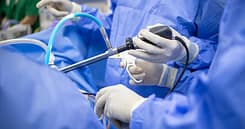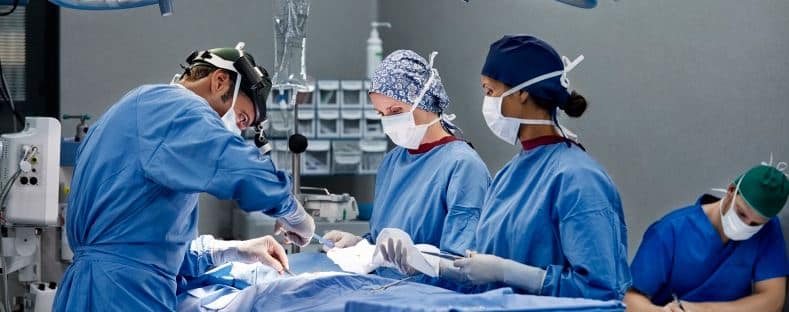Treatment by an orthopedist is essential for giving correct external forms and ensuring the normal functioning of internal organs. The health of all organs of the chest and abdominal cavities – heart, stomach, kidneys, lungs – depends on the back position.
Deformation of one joint of the leg can lead to destructive processes throughout the body, uneven load on the spine, and its curvature. Dr.Ong Kee Leong is the right expert for orthopaedic surgery. You can visit his clinic for quality treatment.
What Does an Orthopedic Traumatologist Treat?
 Diseases treated by an orthopedic surgeon:
Diseases treated by an orthopedic surgeon:
- Spinal problems – posture disorders (lordosis, kyphosis, scoliosis, combined pathology), osteochondrosis.
- Joint diseases – deforming arthrosis (arthritis), habitual dislocation, abnormal structure.
- Congenital malformations of the bone, muscular, articular systems – dwarfism, congenital dislocation of the hip, torticollis, clubfoot, underdevelopment of the limbs (arthrogryposis).
- Weakness of the muscular corset and features of the development of the ligamentous apparatus which lead to anatomical curvatures – flat feet, varus, and hallux valgus.
- Bone tissue pathology – tumors, cysts, congenital changes in bone structure, osteoporosis, aseptic bone necrosis.
- All types of injuries – fractures, cracks, dislocations, subluxations, sprains, tendon ruptures, joint capsules, hemarthrosis (joint hemorrhage).
When to See an Orthopedic Doctor
If you are concerned about pain in the joints, back, neck, extremities, problems with movement, it is recommended to make an appointment with an orthopedic traumatologist. Any disease is better treated at the very beginning. In advanced cases, surgery is often necessary, while in the first days after the onset of symptoms, the influence of a negative factor can be eliminated.
Sometimes there are no pronounced deformations and pain. Just a person gets tired faster when walking, climbing stairs, and feels discomfort. Such symptoms should not be ignored, as they may indicate the onset of a severe illness.
Orthopedics and traumatology have an internal division into narrower specialties:
- The orthopedist treats congenital deformities and the consequences of trauma mainly conservatively. Wearing orthoses, corset, plaster cast, bandages help to reduce the load.
- The rehabilitation therapist restores the function of the joints and muscles after acute symptoms subside with the help of exercise therapy (physiotherapy exercises), massage, physiotherapy, reflexology.
- A traumatologist specializes in trauma. It may require repositioning of bone fragments, reducing dislocation, stitching of the ends of the ligaments, and stopping bleeding.
- An orthopedic surgeon corrects deformities using an operation: lengthens the limb, forms the correct axial load on the spine and legs. Osteosynthesis allows you to give the desired shape to the bone.
- The prosthetist selects the optimal shape of the prosthesis to replace the lost part of the body. His help is needed after amputation, with the destruction of joints.
- The vertebrologist deals with back problems, the podiatrist deals with the feet and lower legs, and there is a specialist in hand restoration.
 An orthopedic examination is needed to diagnose and undergo treatment. If necessary, the doctor will refer the patient to a narrower specialist.
An orthopedic examination is needed to diagnose and undergo treatment. If necessary, the doctor will refer the patient to a narrower specialist.
In the development of diseases of the musculoskeletal system, hereditary factors, metabolic disorders, autoimmune processes, hormonal disruptions often play a role. Therefore, the work of an orthopedist is closely related to other specialists – endocrinologists, therapists, rheumatologists.…


